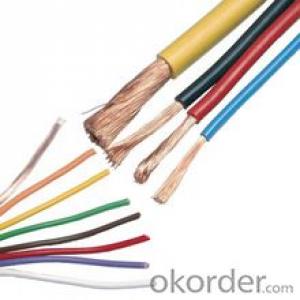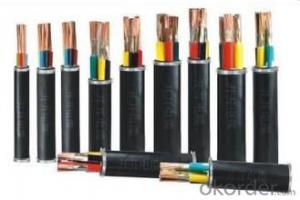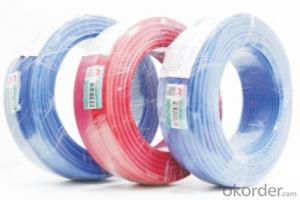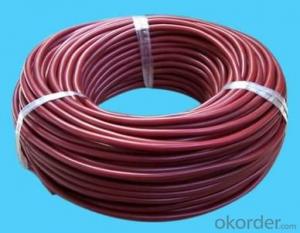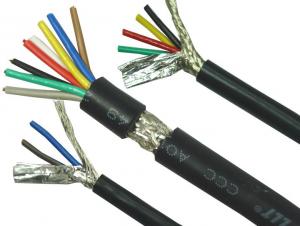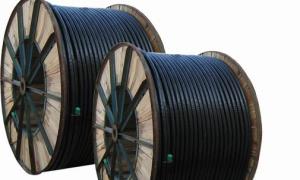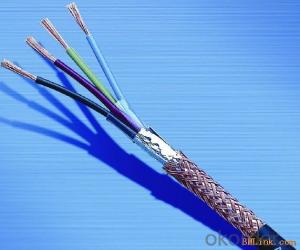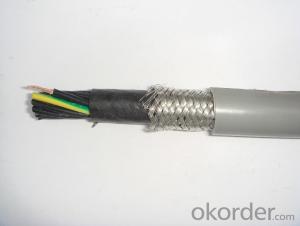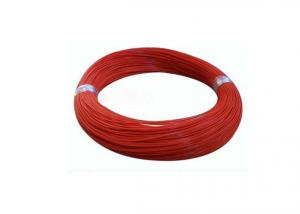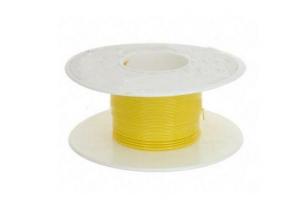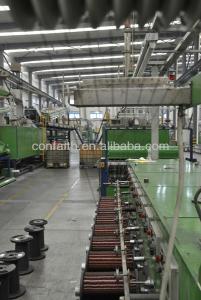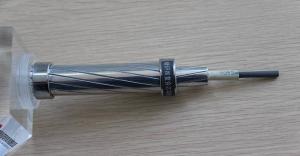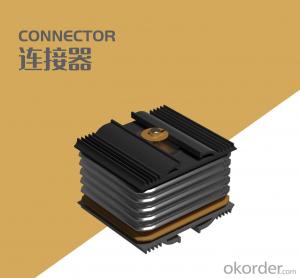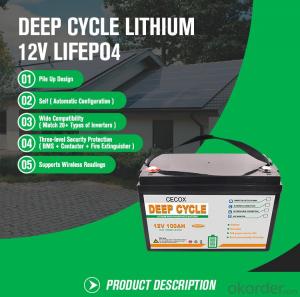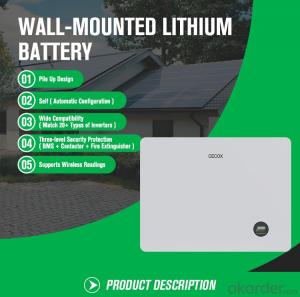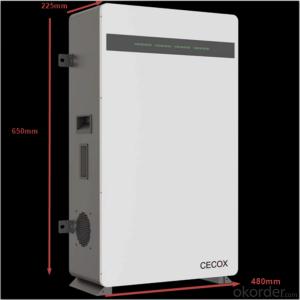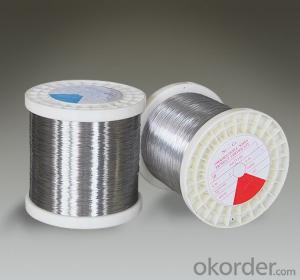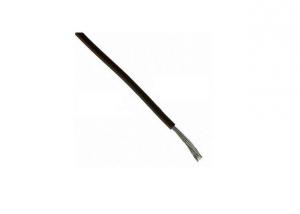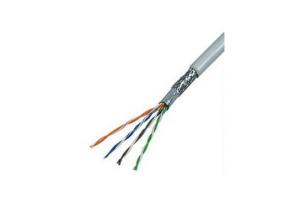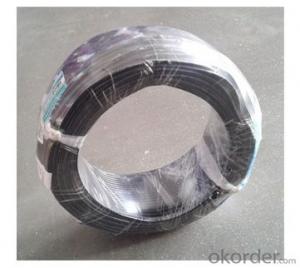Low Voltage Copper Conductor PVC Insulation Wire Cable
- Loading Port:
- China main port
- Payment Terms:
- TT OR LC
- Min Order Qty:
- 100 m
- Supply Capability:
- 20000 m/month
OKorder Service Pledge
Quality Product, Order Online Tracking, Timely Delivery
OKorder Financial Service
Credit Rating, Credit Services, Credit Purchasing
You Might Also Like
Standard
IEC 60227
Application
Low voltage copper conductor PVC insulation wire cable is widely used in commercial and residential construction projects of nominal voltage not exceeding 450/750V a.c.
Product Description
1) Conductor: class 1, 2 and 5 copper, tinned or plain
2) Sectional area: 0.12 - 400mm2
3) No. of cores: 1 ~ 60
4) Insulation: PVC
5) Oversheath: PVC
6) Max. conductor DC resistance at 20°c
| Sectional Area (mm2) | 0.5 | 0.75 | 1.0 | 1.5 | 2.5 | 4 | 6 | 10 | 16 | 25 |
| Plain Copper (Ω/km) | 36.0 | 24.5 | 18.1 | 12.1 | 7.41 | 4.61 | 3.08 | 1.83 | 1.15 | 0.727 |
| Tinned Copper (Ω/km) | 36.7 | 24.8 | 18.2 | 12.2 | 7.56 | 4.70 | 3.11 | 1.84 | 1.16 | 0.734 |
| Sectional Area (mm2) | 35 | 50 | 70 | 95 | 120 | 150 | 185 | 240 | 300 | 400 |
| Plain Copper (Ω/km) | 0.524 | 0.387 | 0.268 | 0.193 | 0.153 | 0.124 | 0.0791 | 0.0754 | 0.0601 | 0.0470 |
| Tinned Copper (Ω/km) | 0.529 | 0.391 | 0.270 | 0.195 | 0.154 | 0.126 | 0.100 | 0.0762 | 0.0607 | 0.0475 |
Product Models
| Code | Description | Rated Voltage (V) | No. of cores | Sectional area (mm2) |
| 60227IEC01 | Single-core non-sheathed cable with rigid conductor for general purposes | 450/750 | 1 | 1.5-400 |
| 60227IEC02 | Single-core non-sheathed cable with flexible conductor for general purposes | 450/750 | 1 | 1.5-240 |
| 60227IEC05 | Single-core non-sheathed cable with solid conductor for internal wiring for a conductor temperature of 70 °C | 300/500 | 1 | 0.5-1 |
| 60227IEC06 | Single-core non-sheathed cable with flexible conductor for internal wiring for a conductor temperature of 70 °C | 300/500 | 1 | 0.5-1 |
| 60227IEC07 | Single-core non-sheathed cable with solid conductor for internal wiring for a conductor temperature of 90 °C | 300/500 | 1 | 0.5-2.5 |
| 60227IEC08 | Single-core non-sheathed cable with flexible conductor for internal wiring for a conductor temperature of 90 °C | 300/500 | 1 | 0.5-2.5 |
| 60227IEC10 | Light polyvinyl chloride sheathed cable | 300/500 | 2, 3, 4, 5 | 1.5 - 35 |
| 60227IEC41 | Flat tinsel cord | 300/300 | 2 | - |
| 60227IEC43 | Cord for indoor decorative lighting chains | 300/300 | 1 | 0.5-0.75 |
| 60227IEC52 | Light polyvinyl chloride sheathed cord | 300/300 | 2, 3 | 0.5-0.75 |
| 60227IEC53 | Ordinary polyvinyl chloride sheathed cord | 300/500 | 2, 3, 4, 5 | 0.75 - 2.5 |
| 60227IEC56 | Heat resistant light PVC sheathed cord for a maximum conductor temperature of 90 degrees | 300/300 | 2, 3 | 0.5-0.75 |
| 60227IEC57 | Heat resistant ordinary PVC sheathed cord for a maximum conductor temperature of 90 degrees | 300/500 | 2, 3, 4, 5 | 0.75-2.5 |
| 60227IEC71f | Flat polyvinyl chloride sheathed lift cable and cable for flexible connections | 450/750 | 3-24 | 0.75-25 |
| 60227IEC71c | Circular polyvinyl chloride sheathed lift cable and cable for flexible connections | 450/750 | 4~30 | 0.75-25 |
| 60227IEC74 | Oil resistance, polyvinyl chloride sheathed, screened flexible cable | 300/500 | 2-60 | 0.75-2.5 |
| 60227IEC75 | Oil resistance, polyvinyl chloride sheathed, unscreened flexible cable | 300/500 | 2-60 | 0.75-2.5 |
- Q:I am in need of electrical wire at the moment, and i found some old headphones. Would the wire be salvageable to transport small amounts of energy (in a basic device, nothing fancy)?
- Well, yeah, a wire is a wire, usually anyways. As was said above, it depends on what you want to use it for. If you want to use it to power some kind of AC appliance, I'd say it's not a good idea as the insulation on the wire may not be able to handle the much higher voltage involved. And usually headphones use something like #26 wire which can't really handle much more than a few hundred milliamps of current before getting too hot. So yes, it's just a copper wire like almost any wire. But it has it's limitations of voltage and current carrying capacity. If you want to use it to power your toatser, no. If you want to use it to power a small motor with some D-cell batteries, no problem. Use it!
- Q:(Home and a car.) Suggest reasons why different wires are used in different situations.
- Copper is the most common material for electrical wiring. Of the metals commonly used for conductors, copper, has a high conductivity. The reason why it is flexible and goes back to its original shape is because the insulation that is used.
- Q:I am changing out my range hood and in the process I realized that my electrical wire will be about a foot short to where I need it to be. Is it ok to just get a piece of wire and extend it using wire nuts? I really dont want to run a whole wire.
- Yes, but also tape the wire nuts and installl a plastic junction box to cover the wires. Chances are you store spices and such in the cabinet, better safe than sorry in case of a short.
- Q:I need to drill into the doorframe which is pre fabricated pressed metal and I don't want to drill into the electrical wires . Is there any chance I could drill into them .
- no wires in a frame,, but go to walmart and get one of the less than $10 circuit testers and run it along the area you want to drill,, it will beep if there is any wires there!!
- Q:i am starting to get where i need to be looking at colleges. i want to work in the field of electrical, wiring stuff and all that. i am confused as to what an electrical engineer actually does. i want to work with my hands and work wiring stuff. does an electrical engineer do that or do they check other peoples work and make sure things are right. i am confused. please help me.
- You might be thinking of an electrician. These are the people that install electrical utility wiring in buildings. Their jobs are both technical and physical. On the other hand, an electrical engineer also does some hands on wiring. For example, I've built many experiemental circuits using a breadboard (an object to help design circuits), small wires, transistors, capacitors, ICs, etc. This is very different than what an electrician does. It is hands on, but I sit at a desk to do it, whereas an electrician would work throughout the interior of a building structure. Most electrical engineers these days who build circuits do so using software. It's similar to the way a mechanical engineer might use a computer to design a car. You might call this a sort of hands on process, but it is completely virtual.
- Q:I tried to replace an old outlet with a new one today and I accidently put the white wire into the slot for the black wire and vice versa. I used one of those quickwire outlets. When I turned the power back on, smoke started coming out of the outlet and now all the outlets in my room and in the nest room don't work. What exactly happened and what do I do now?
- The breaker is probably tripped, which is a good thing. Make sure the breaker is off, remove your mistake from from the outlet you worked on, then get someone qualified to look at the situation and make sure none of the wiring is damaged between the problem plug and other plugs, and the circuit breaker. Replaced damaged plug and then turn breaker back on.
- Q:i was working on this car and somehow crossed these wires and it starting smoking really bad under the dashwell the lady had her dog in the car .to say the least the doors locked and flames were rolling by the kick panelwe couldnt get the dog out in time.is there a way to get my license back.i really like to work on cars
- YOU my friend, are the unluckiest guy I have ever heard of! In 25 years of working on cars, I have NEVER heard of anyone losing their ASE certification. My guess is you won't get it back, because they must have found you seriously negligent to take such a severe step against you. If you feel you have been unjustly punished, contact an attorney. You may have grounds for legal action. the initial appointment is usually free, and sometimes you pay nothing unless your attorney wins. Good luck to you. That is an awful thing to happen to a professional mechanic.
- Q:Whether the wire tube is connected to the electrical bridge can be connected to the bottom of the bridge
- (7000-yuan), according to the product design of the mold, for welding power lines and hardware (plug), but also to understand the injection of the equipment, Of the soldering iron production process: 1
- Q:What is the difference between copper and cable used in electrical equipment? Best detail, thank you
- With the conductor, copper cross-sectional area is greater, better heat dissipation, the use of different occasions.
- Q:i want to run some electrical wire through a wall, how do i do that with out breakng the sheetrock, there is already conduit running in that section.
- if you want to run it through the conduit you have to get a snake to fish the wire through the conduit.
1. Manufacturer Overview |
|
|---|---|
| Location | |
| Year Established | |
| Annual Output Value | |
| Main Markets | |
| Company Certifications | |
2. Manufacturer Certificates |
|
|---|---|
| a) Certification Name | |
| Range | |
| Reference | |
| Validity Period | |
3. Manufacturer Capability |
|
|---|---|
| a)Trade Capacity | |
| Nearest Port | |
| Export Percentage | |
| No.of Employees in Trade Department | |
| Language Spoken: | |
| b)Factory Information | |
| Factory Size: | |
| No. of Production Lines | |
| Contract Manufacturing | |
| Product Price Range | |
Send your message to us
Low Voltage Copper Conductor PVC Insulation Wire Cable
- Loading Port:
- China main port
- Payment Terms:
- TT OR LC
- Min Order Qty:
- 100 m
- Supply Capability:
- 20000 m/month
OKorder Service Pledge
Quality Product, Order Online Tracking, Timely Delivery
OKorder Financial Service
Credit Rating, Credit Services, Credit Purchasing
Similar products
New products
Hot products
